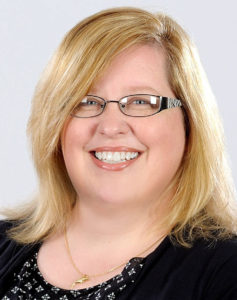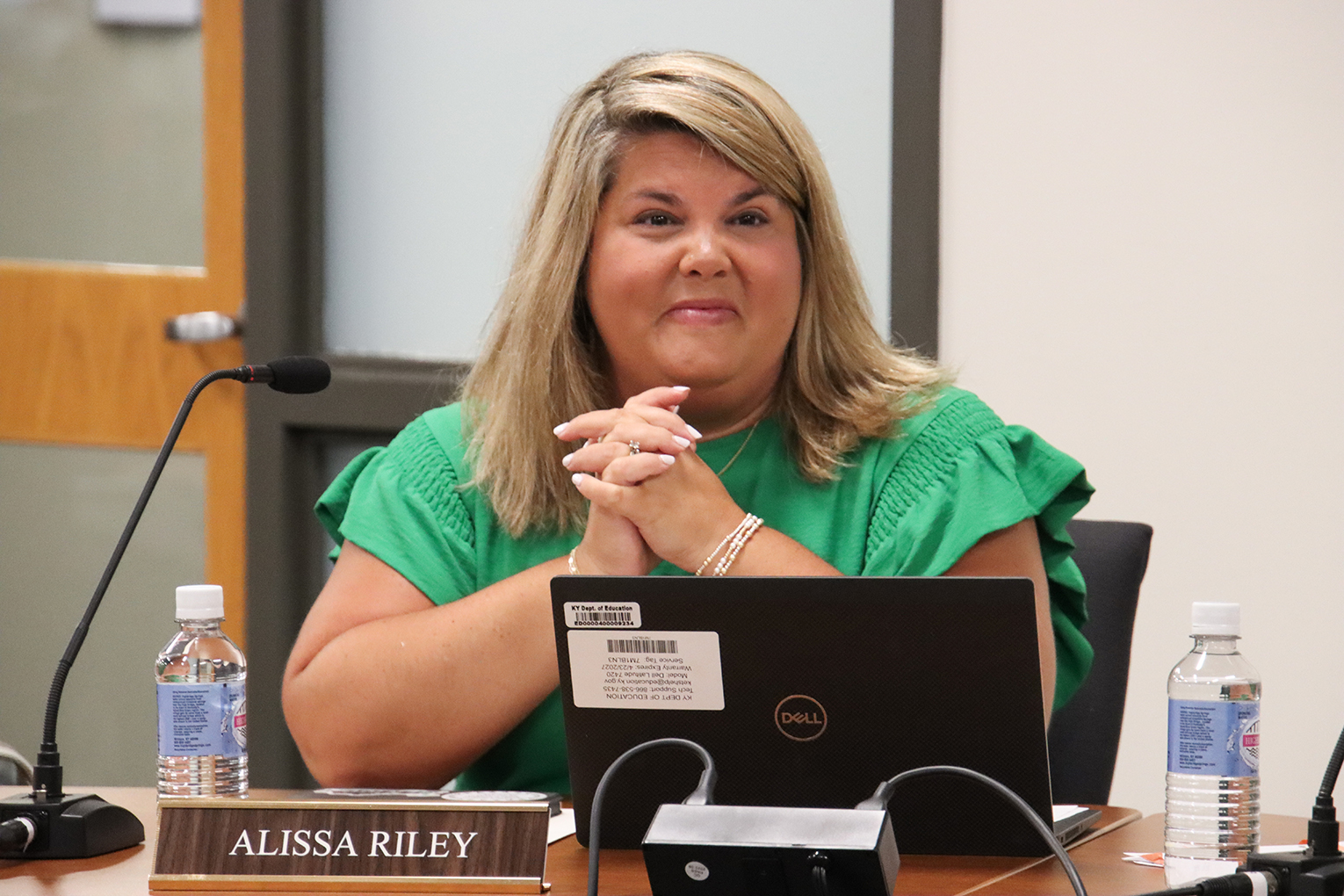
Heidi Givens
By Heidi Givens
heidi.givens@frankfort.kyschools.us
My career as a teacher of deaf and hard-of-hearing students has been guided by one key principle, my “why.” It is based on a quote from I. King Jordan, the first deaf president in the 124-year history of Gallaudet University, the only liberal arts university for the deaf. It is, “Deaf people can do anything hearing people can, except hear.”
I always shared this quote with students, explained its history and the man behind it, and taught them about the Deaf President Now movement that led to Jordan’s selection. I shared this quote in conversations and during presentations and included it in all of my email signatures. My guiding principle could be seen in my daily work and my interactions with students and parents.
Wanting to ensure that my students always knew that they had the potential to be anything, I made it a point to have deaf adults visit my classroom, volunteer, read a book, tell American Sign Language stories or share their careers. As teachers know, children need role models, especially ones from the same gender, race, ethnicity or disability. It is imperative that we empower all of our students, that we instill beliefs in them that anything is possible – that they can. When our students learn about and meet successful adults from diverse backgrounds, they feel empowered to take ownership of their learning and their success.
One night on Twitter, I came across a tweet that made me pause. A deaf person said she disliked Jordan’s quote, the same one that I’d been proclaiming to anyone who would listen. In further conversation, she shared that the quote was fine in 1988, when Jordan first said it, but as a community, the Deaf have progressed beyond that. Why should they continue to be compared to hearing people? In other words, why is it still so surprising that deaf people can do things?
Whoa! Here I had been thinking I was educating the public and empowering my students by using this quote, and yet all this time deaf adults felt it trite. Comparing deaf to hearing adults counterproductively points out their deficiencies. Teachers should not be comparing students. We should instead be recognizing how their differences make them unique, and how today – more than ever – diversity is embraced and celebrated.
So now what? How could I express my guiding principle without that quote? Actually, without even realizing, it was transforming. The previous year, I had read Lawrence Siegel’s “The Human Right to Language,” which helped me realize that deaf children’s access to language and education is truly a constitutional right.
The First Amendment guarantees the freedom of speech, the right to express ourselves and to be listened to. For deaf children, however, it means they have the right to understand what people are saying to them and the right to be understood. The First Amendment means that deaf children have the right to language. For them, the most accessible is American Sign Language (ASL).
When we deny deaf children from learning ASL or force other forms of communication on them without the use of ASL, we are denying their First Amendment right. When we deny them opportunities to freely interact with others in their language, we are denying their right to free speech.
I found my guiding principle evolving into the following: Deaf children, like all children, have the right to equal language access and high-quality education.
With my newly framed “why,” I began to notice injustices facing my students and the Deaf community. A perfect example is that for years, I had included on my students’ Individualized Education Plans that all digital programming must be closed captioned. Unfortunately, too many movies, TV shows and video clips are not captioned. And some that are, such as many YouTube videos, use auto-generated captioning that is not 100 percent perfect. I have seen inappropriate and inaccurate words displayed on the screen. Even more, some educators just do not want to show captioning because they feel it is a distraction to other students.
As a community of educators who are increasingly conscious of educational inequities and cultural competency, it is imperative that we all re-examine our beliefs and practices. We need to search for those injustices of all our students and then advocate for change.
Once I had the ability to better define my new guiding principle, it became easier to assess my privileges, reflect on my practices, and empower my students and their families to demand the rights they so deserve.
I charge each of you to reflect on how you too can transform your teaching beliefs and personal mission statements. Teaching is not about being set in stone, but always changing, always being aware. Just as we educate our diverse students, we too must educate ourselves to be aware of how we teach and the guiding principles, the “whys” we encompass as teachers.
Heidi Givens is the director of district student services in the Frankfort Independent school district. Previously, she taught deaf and hard-of-hearing students for 21 years, including in Daviess County. Givens is a 2016 Hope Street Group Kentucky State Teacher Fellow and is a former Kentucky Elementary Teacher of the Year.



Leave A Comment